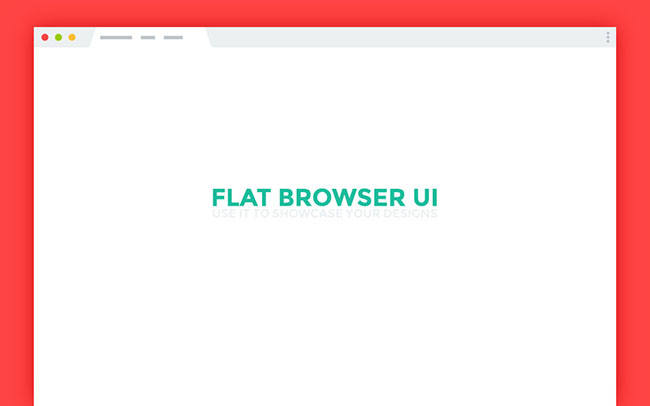
Hit play and interact with the web site.Fiddle with your camera so the quad fills most of the view.On this new object, set the URL to a site of your choice, such as.Grab ZFBrowser/Prefabs/Browser (Mouse) and drop it into your scene.If you are using Linux or OS X read the platform-specific notes.157.Ĭopyright © 2015-2019 Zen Fulcrum LLC Quick Start Product Page | Unity Asset Store | Changelog | Get Help
Prefab ui browser full#
Web games cannot directly instaniate a prefab from disk, so game objects intended to be used as runtime prefabs must be present but disabled in the scene.īy setting game objects to the Babylon Prefab layer you will create disabled source meshes used for deep cloning when you call the scene manager instantiate prefab function.This asset allows you to embed a full copy of Chromium, the open-source core of Google Chrome, inside your game! This step is required to use _ Unity Style Prefabs _ in a web browser environment. The prefab layer can prepare your objects to take advantage of the toolkit's deep cloning to instantiate game object prefabs at runtime. If you experiment with overriding properties but then decide you preferred the default values, you can use the Revert button to realign the instance with its prefab. This effectively lets you edit all instances (except those which override the value changed) via any single instance and is a very quick and convenient way to make global changes. However, you can also save overridden values from an instance back to the originating prefab using the Apply button (modified transform position values are excluded for obvious reasons). This allows you to edit the main prefab and thereby change all its instances. The Select button selects the prefab asset from which the instance was generated. The inspector for a prefab instance has three buttons not present for a normal object: Select, Revert and Apply. See the Managed Runtime Support section for further details. You can also create instances of prefabs at runtime from your scripts. (When a completely new component is added to a prefab instance, all of its properties will be shown in boldface.) To make it clear when a property has been overridden, it is shown in the inspector with its name label in boldface. This is useful, say, when you want to create several similar NPCs but introduce variations to make them more realistic.

(Normal objects are shown in black text.)Īs mentioned above changes to the prefab asset itself will be reflected in all instances but you can also modify individual instances separately. Objects created as prefab instances will be shown in the hierarchy view in blue text. Simply dragging the prefab asset from the project view to the scene view will then create instances of the prefab. If you then drag a different game object onto the prefab you will be asked if you want to replace your current game object with the new one. You can create a prefab by selecting Asset > Create Prefab and then dragging an object from the scene onto the “empty” prefab asset that appears. Unity Prefab System Using Runtime Prefabs However, although its behaviour is superficially similar, the asset is not a prefab, so you won’t be able to add components to it or make use of the other prefab features described below.Ĭheck out the Unity Prefab Concept Video for details on the prefab usage. Note: When you drag an asset file (eg, a Mesh) into the scene, it will create a new object instance and all such instances will change when the original asset is changed.

Any edits made to a prefab asset are immediately reflected in all instances produced from it but you can also override components and settings for each instance individually. The prefab acts as a template from which you can create new object instances in the scene. Generally, you want all instances of a particular object to have the same properties, so when you edit one object in the scene, you would prefer not to have to make the same edit repeatedly to all the copies.įortunately, Unity has a Prefab asset type that allows you to store a game object complete with components and properties. Simply copying the object will certainly produce duplicates but they will all be independently editable. This can create problems, however, when you have an object like an NPC, prop or piece of scenery that is reused in the scene several times. It is convenient to build a game object in the scene by adding components and setting their properties to the appropriate values.


 0 kommentar(er)
0 kommentar(er)
